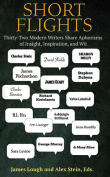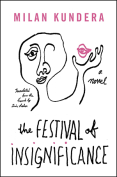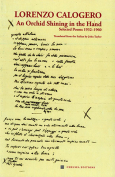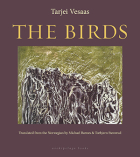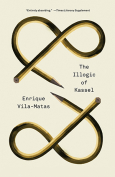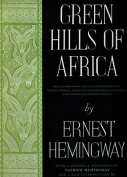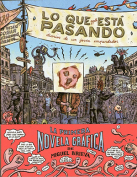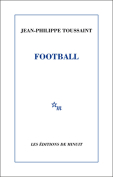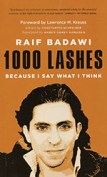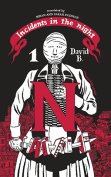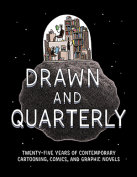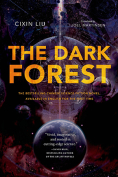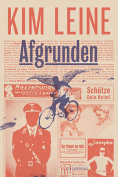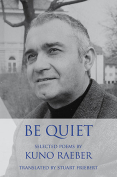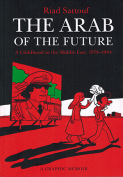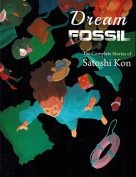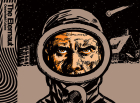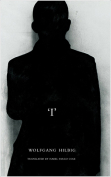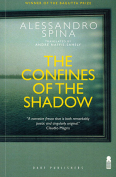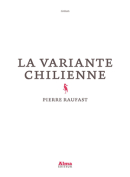The Eternaut by Héctor Germán Oesterheld & Francisco Solano López
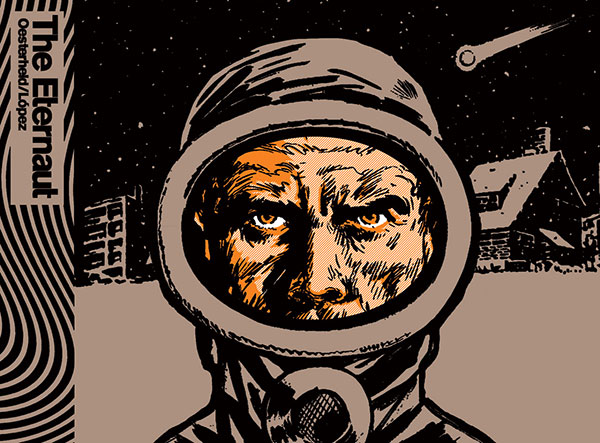 Fantagraphics Books. Seattle. 2015. 362 pages.
Fantagraphics Books. Seattle. 2015. 362 pages.
There’s a treasure trove of Spanish-language comics south of the border lost to English-only readers. Until now, this included one of the most significant and famous: Héctor Germán Oesterheld’s and Francisco Solano López’s El Eternauta. To our great fortune and with Erica Mena’s remarkable English translation, Fantagraphics Books has changed comic book history.
For the first time since its serialized publication in Argentina between 1957 and 1959, English-only readers can immerse themselves in the totality of Oesterheld’s narrative world. And at 350-plus pages, this allows for a deep and complete immersion. Created during a time of technophobia (post–A-bomb devastation) and technophilia (the national push to build nuclear power plants, automotive assembly lines, and an ultramodern freeway system), threats of censorship by autocratic one-party rule, far-left resistance, and an Argentine publishing marketplace trying to hold at bay the onslaught of US superhero comics, Oesterheld and Solano López created an epic odyssey that follows the adventures of protagonist Juan Salvo (The Eternaut) and his cadre of fallible compadres as they use their wits and technical skills to defend earth against an intergalactic alien invasion out to obliterate human life—and to transform those left into robotic slaves.
Oesterheld’s precise prose together with Solano López’s detailed black-and-white art create a rich and layered graphic narrative that vitally shows the power of human cooperation and collective resistance to forces of destruction and greed. As with the original, Solano López’s stunning visuals create a resplendent interplay of light and dark shading; they add important variety and rhythm in his careful calibration of different angles and close-up, medium, and distant shots of characters and action. His dexterous hand works to intensify and complicate our emotional engagement. Working closely together, we see how an author and artist can dance delicate lines between prose and art to convey all variety of sensation, thought, and feeling, including those of fear, claustrophobia, and loneliness.
The prose and the art create a total epic experience as we let our imaginations follow this monumentally proportioned flashback adventure. With Salvo telling his story to his host and listener (a comic book author, as it turns out), this as-told-to frame narration follows Salvo from quotidian earthling with family and job to the eternal wanderer of time and space; he’s looking for his wife and daughter, who end up on a different space-time continuum because of his accidental triggering of an alien time-traveling device. He explains to his interlocutor that in his “desolate, lonely condition,” he’s fated to navigate all of eternity; he has become a “pilgrim of the centuries.”
The narrative unfolds, and Oesterheld and Solano López situate us steadfastly within the realm of science fiction. Salvo and his band of fellows fend off sci-fi monsters such as technologically equipped killer Beetles, giant destructive animals known as Gurbos, and human-like aliens known as Hands, all controlled by an alien race known as los ellos in a postapocalyptic world. The battles are physical—and also psychological. As the Eternaut remarks at one point, “We were crazed with hatred. Being surrounded by death for so many hours filled us with an insane rage.” But Oesterheld and Solano López are careful to anchor the action in a recognizable Argentina. Indeed, one of the epic battles takes place in Buenos Aires’s Plaza del Congreso. They ask us to peel back the layers of its fiction to see Argentina’s real history of social and political oppression.
Erica Mena’s translation beautifully captures the wondrous syntax and choice of words in the Spanish original. She finds just the right turns of phrase to convey the mix of linguistic registers (Latinate polysyllabic words with everyday colloquialisms), conveying the Eternaut’s school and street smarts. The careful choice of a wide variety of forms of linguistic expression also importantly frees up the voices of each character, making their thoughts and dialogue uniquely their own. Occasionally, to capture the nuanced meaning of the original or to offer some additional context, Mena chooses to add a new line or two. Accordingly, she is careful not to straitjacket the move from Spanish to English by insisting on a one-to-one translation. Rather, she masterfully selects words and syntax in English to convey the feeling and intent of the Spanish original. To remind readers of the story’s location in Spanish-speaking South America, Mena smartly chooses not to translate the lyrics heard from a record player, for instance.
Fantagraphics’ publication of the first English translation of El Eternauta marks a significant moment for English lay readers, historians, and scholars of comics. And the choice to include expository pieces by the translator, Erica Mena, and an Oesterheld specialist, Martin Hadis, was excellent. These supplements provide significant contextual information that enriches the reading itself. The Eternaut is science fiction. It’s allegory. It’s uniquely Argentine. And now English-only readers can experience why it is one of the great shapers of our planetary republic of comics.
Frederick Aldama
Ohio State University
